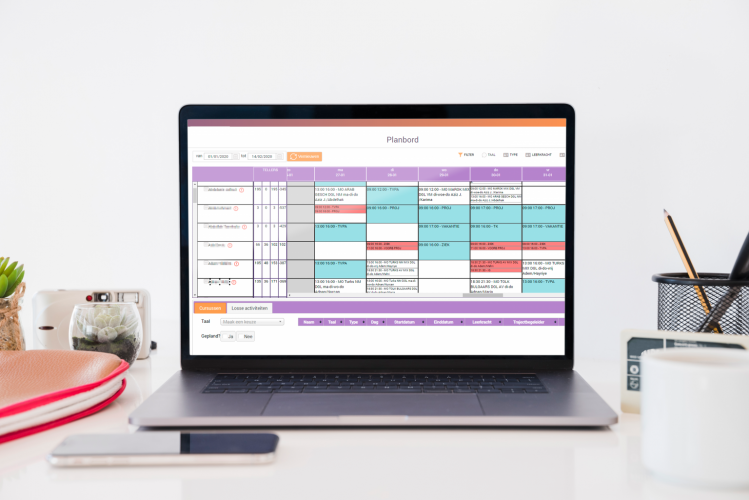
You're a planner
Ensuring enough employees are available to get the job done isn't always easy, and creating a schedule that makes everyone happy is already a tough challenge. On top of that, the roster must comply with applicable laws and company policies, as well as employee preferences and a variety of individual (personal and medical) restrictions. It can often seem like everyone expects you to honour all their demands. So, how can you do this differently?

A better basis
Let go
Benefits for the planner
You have control over your schedule
Self-rostering is a big change for everyone involved. Individual achievements and existing procedures and roles are exchanged for a method with equal opportunities. As a planner, the first few months in self-rostering mainly involves helping define new rules and procedures. When that’s done, you have a sustainable planning method in place that not only benefits the company employees, but also puts the planner’s role in a whole new light!
Read more about the new role of the planner.
Discover the benefits
- Creating a stable and robust schedule
- Improved utilisation of your own resources
- Spending your time on better planning

Our self-rostering services
Curious?
Check out the added value for your executives, managers, and HR on this website. Read about successful examples at other satisfied organisations, and about what our solution can offer your industry. Check out our service packages and how we work to get an idea of what we can offer. Better yet: call us for an appointment!
More information? Contact us

Heino de Roo
Self-rostering engineer


